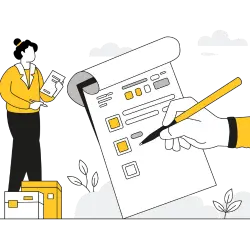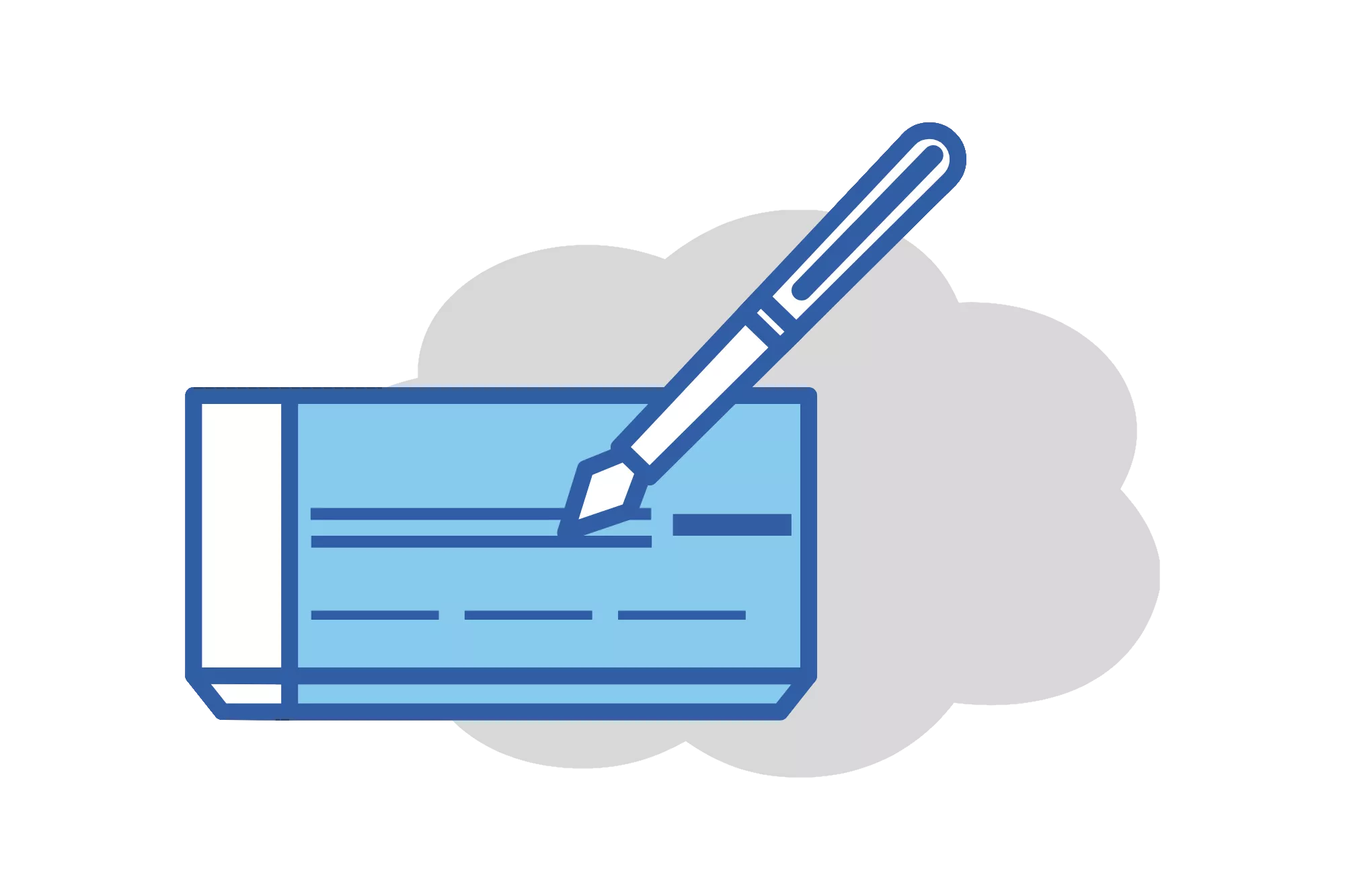Check truncation is very popular in today’s digital age. In decades past, traditional check processing required the verification and approval of physical checks. While this made sense in a pre-digital age, modern check processing can now occur without the need for physical checks. This is made possible by digitizing physical checks when customers present them to banks.
One of the critical elements in the digital check verification process is “check truncation.” Whether you work in financial services or own a business that accepts checks from customers, it’s critical to understand check truncation and its various elements.
In this guide, we explore check truncation, its process, its purpose, and the laws governing electronic check processing. Let’s start!
What Is Check Truncation?

The term truncation refers to the shortening of a process or item; check truncation “shortens” the check processing timeline. Check truncation refers to the process of clearing a check by eliminating the original physical check and turning it into a digital check. The electronic version of the check – also referred to as a substitute check – has the same legal rights as the original check, as long as it meets pre-determined conditions. This substitute check is used during the check clearing process, removing the need for financial institutions to transport physical checks between one another for verification.
In many cases, a bank may destroy the original check after a period of time. Still, some banks will provide digital copies of the substitute check on customer statements to ensure that customers have access to their checks. Also, if you request a copy of the check from your financial institution for proof of payment, the substitute check is legal proof of a check.
How Does the Process of Check Truncation Work?
The process of check truncation involves both outward and inward clearing of checks. Let’s explore each approach in more detail below:

Outward clearing of truncated checks
The outward clearing process happens at the branch level (the physical location of a bank) and involves the following:
- A customer deposits a check
- The bank scans the check
- Account entry
- Amount of entry
- Check verification
- Balancing and banding
- Checks submitted to a service branch

Inward clearing of truncated checks
The inward clearing process happens at the service branch level (the bank office) and involves the following:
- A branch receives a check
- Account entry
- Amount of entry
- Check verification
- The branch balances and bundles the checks
- Checks submitted to clearing house
Keep in mind that not all checks will be verified. If there are issues during the verification process, the check will be canceled before the clearing process occurs.
Purpose of Check Truncation
Check truncation aims to speed up the steps involved in processing digital checks. This improves efficiency, reducing banks’ costs and increasing convenience for customers.
Check Truncation Benefits
Americans still use paper checks for certain expenses like rent. This means that the check truncation process is still vital to America’s financial system. Let’s explore the advantages of check truncation in more detail below:

Improved processing timelines
The primary benefit of check truncation is that it speeds up the check clearing process. As banks and check processing companies no longer need couriers to transport physical checks for clearing, the truncation process is much quicker. This means that customers receive their money sooner.

Better cost-effectiveness
As banks and other financial institutions no longer need to physically send checks from branch to branch for clearing, there is a lower cost associated with check truncation. Previously, there needed to be processing centers strategically located near branches, ATMs, and other places where people presented checks. With check truncation, an infrastructure for processing is not necessary.

Reduced Mistakes
By creating a digital copy of a check and storing it securely, there is less chance of a mistake occurring. Back when physical checks were necessary for making payments, misplaced checks would cause a delay in payments. Check truncation creates a record of all check payments.

Improved Security
Lastly, check truncation improves the security of the check processing system. While digital check processing platforms still have vulnerabilities, they offer security benefits that were not available when checks required physical verification.

Further Advancements in Digital Payments
While check truncation does not cover all types of digital check processing, there’s no doubt that this paved the way for easier check payments in the United States. For example, many banks now allow customers to submit photos of checks via mobile apps or other portals, making processing payments much easier for clients.
Laws Governing Check Truncation

Check truncation is made possible by a law passed on October 28, 2004 – the Check Clearing for the 21st Century Act (Check 21). Check 21 allows banks to submit electronic checks to other banks for clearing. Previously, this type of check was not legally valid.
By giving electronic checks the same legal status as the original check, Check 21 makes it easier for banks to process check payments electronically. It also makes it easier for customers to request copies of checks. Banks no longer have to store the physical checks in case a customer needs proof of check payment. Instead, they can destroy the check and use the digital copy as long as they meet the conditions of Check 21.
Still, the Check Clearing for the 21st Century Act is not without its problems. As checks have security features that may not translate to digital images, the law provides indemnity coverage to stakeholders exposed to fraud resulting from electronic checks.
Final Thoughts on Check Truncation
Check truncation played a pivotal role in the modernization of the check clearing industry. By allowing financial institutions to create substitute checks and transmit digital copies of checks for clearing, U.S. lawmakers have improved efficiency and convenience for banks and consumers. eCheck payment processing looks to be improving every year and is a simple payment method to add to any business!







